Pavel Andreev
Higher School of Economics, Skolkovo Institute of Science and Technology, Samsung AI Center Moscow
FINALLY: fast and universal speech enhancement with studio-like quality
Oct 08, 2024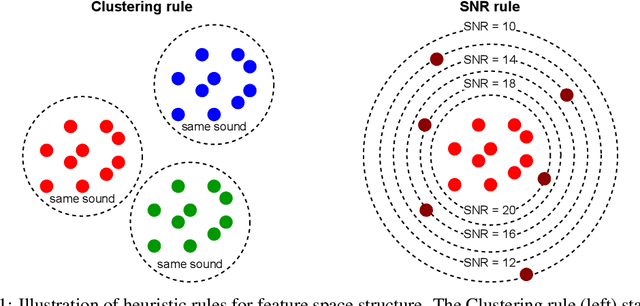
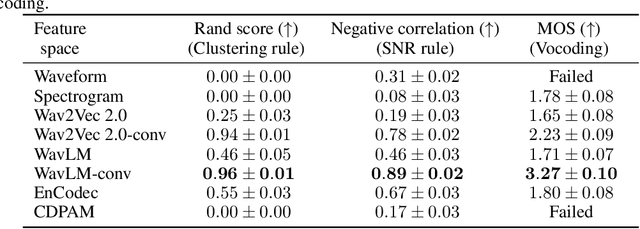

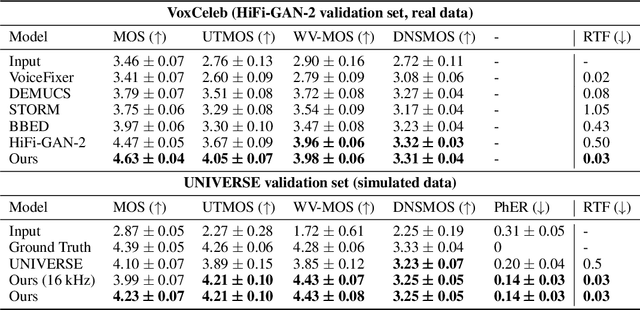
Abstract:In this paper, we address the challenge of speech enhancement in real-world recordings, which often contain various forms of distortion, such as background noise, reverberation, and microphone artifacts. We revisit the use of Generative Adversarial Networks (GANs) for speech enhancement and theoretically show that GANs are naturally inclined to seek the point of maximum density within the conditional clean speech distribution, which, as we argue, is essential for the speech enhancement task. We study various feature extractors for perceptual loss to facilitate the stability of adversarial training, developing a methodology for probing the structure of the feature space. This leads us to integrate WavLM-based perceptual loss into MS-STFT adversarial training pipeline, creating an effective and stable training procedure for the speech enhancement model. The resulting speech enhancement model, which we refer to as FINALLY, builds upon the HiFi++ architecture, augmented with a WavLM encoder and a novel training pipeline. Empirical results on various datasets confirm our model's ability to produce clear, high-quality speech at 48 kHz, achieving state-of-the-art performance in the field of speech enhancement.
Speech Boosting: Low-Latency Live Speech Enhancement for TWS Earbuds
Sep 27, 2024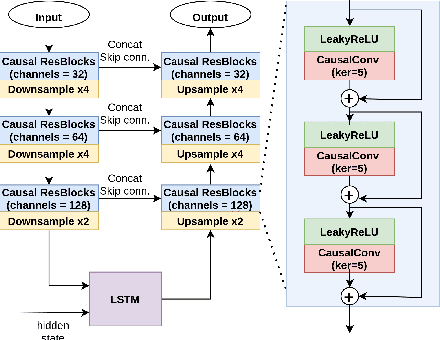


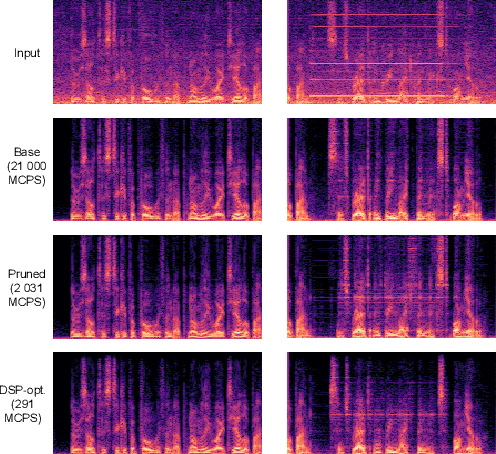
Abstract:This paper introduces a speech enhancement solution tailored for true wireless stereo (TWS) earbuds on-device usage. The solution was specifically designed to support conversations in noisy environments, with active noise cancellation (ANC) activated. The primary challenges for speech enhancement models in this context arise from computational complexity that limits on-device usage and latency that must be less than 3 ms to preserve a live conversation. To address these issues, we evaluated several crucial design elements, including the network architecture and domain, design of loss functions, pruning method, and hardware-specific optimization. Consequently, we demonstrated substantial improvements in speech enhancement quality compared with that in baseline models, while simultaneously reducing the computational complexity and algorithmic latency.
UnDiff: Unsupervised Voice Restoration with Unconditional Diffusion Model
Jun 01, 2023Abstract:This paper introduces UnDiff, a diffusion probabilistic model capable of solving various speech inverse tasks. Being once trained for speech waveform generation in an unconditional manner, it can be adapted to different tasks including degradation inversion, neural vocoding, and source separation. In this paper, we, first, tackle the challenging problem of unconditional waveform generation by comparing different neural architectures and preconditioning domains. After that, we demonstrate how the trained unconditional diffusion could be adapted to different tasks of speech processing by the means of recent developments in post-training conditioning of diffusion models. Finally, we demonstrate the performance of the proposed technique on the tasks of bandwidth extension, declipping, vocoding, and speech source separation and compare it to the baselines. The codes will be released soon.
Iterative autoregression: a novel trick to improve your low-latency speech enhancement model
Nov 03, 2022Abstract:Streaming models are an essential component of real-time speech enhancement tools. The streaming regime constrains speech enhancement models to use only a tiny context of future information, thus, the low-latency streaming setup is generally assumed to be challenging and has a significant negative effect on the model quality. However, due to the sequential nature of streaming generation, it provides a natural possibility for autoregression, i.e., using previous predictions when making current ones. In this paper, we present a simple, yet effective trick for training of autoregressive low-latency speech enhancement models. We demonstrate that the proposed technique leads to stable improvement across different architectures and training scenarios.
FFC-SE: Fast Fourier Convolution for Speech Enhancement
Apr 06, 2022
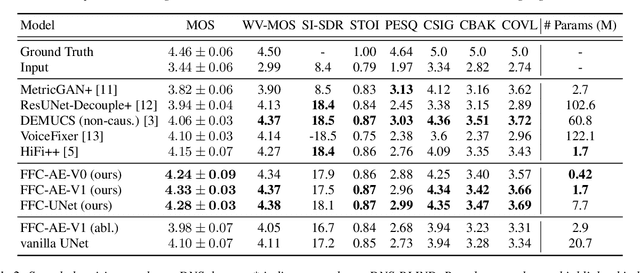
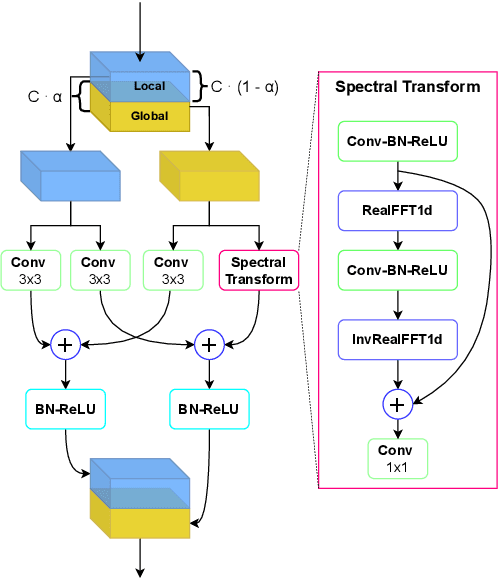

Abstract:Fast Fourier convolution (FFC) is the recently proposed neural operator showing promising performance in several computer vision problems. The FFC operator allows employing large receptive field operations within early layers of the neural network. It was shown to be especially helpful for inpainting of periodic structures which are common in audio processing. In this work, we design neural network architectures which adapt FFC for speech enhancement. We hypothesize that a large receptive field allows these networks to produce more coherent phases than vanilla convolutional models, and validate this hypothesis experimentally. We found that neural networks based on Fast Fourier convolution outperform analogous convolutional models and show better or comparable results with other speech enhancement baselines.
HiFi++: a Unified Framework for Neural Vocoding, Bandwidth Extension and Speech Enhancement
Mar 24, 2022



Abstract:Generative adversarial networks have recently demonstrated outstanding performance in neural vocoding outperforming best autoregressive and flow-based models. In this paper, we show that this success can be extended to other tasks of conditional audio generation. In particular, building upon HiFi vocoders, we propose a novel HiFi++ general framework for neural vocoding, bandwidth extension, and speech enhancement. We show that with the improved generator architecture and simplified multi-discriminator training, HiFi++ performs on par with the state-of-the-art in these tasks while spending significantly less memory and computational resources. The effectiveness of our approach is validated through a series of extensive experiments.
Quantization of Generative Adversarial Networks for Efficient Inference: a Methodological Study
Aug 31, 2021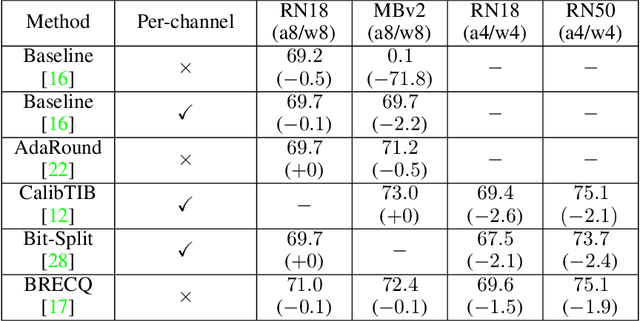
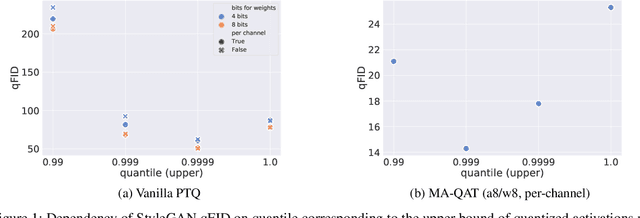


Abstract:Generative adversarial networks (GANs) have an enormous potential impact on digital content creation, e.g., photo-realistic digital avatars, semantic content editing, and quality enhancement of speech and images. However, the performance of modern GANs comes together with massive amounts of computations performed during the inference and high energy consumption. That complicates, or even makes impossible, their deployment on edge devices. The problem can be reduced with quantization -- a neural network compression technique that facilitates hardware-friendly inference by replacing floating-point computations with low-bit integer ones. While quantization is well established for discriminative models, the performance of modern quantization techniques in application to GANs remains unclear. GANs generate content of a more complex structure than discriminative models, and thus quantization of GANs is significantly more challenging. To tackle this problem, we perform an extensive experimental study of state-of-art quantization techniques on three diverse GAN architectures, namely StyleGAN, Self-Attention GAN, and CycleGAN. As a result, we discovered practical recipes that allowed us to successfully quantize these models for inference with 4/8-bit weights and 8-bit activations while preserving the quality of the original full-precision models.
 Add to Chrome
Add to Chrome Add to Firefox
Add to Firefox Add to Edge
Add to Edge